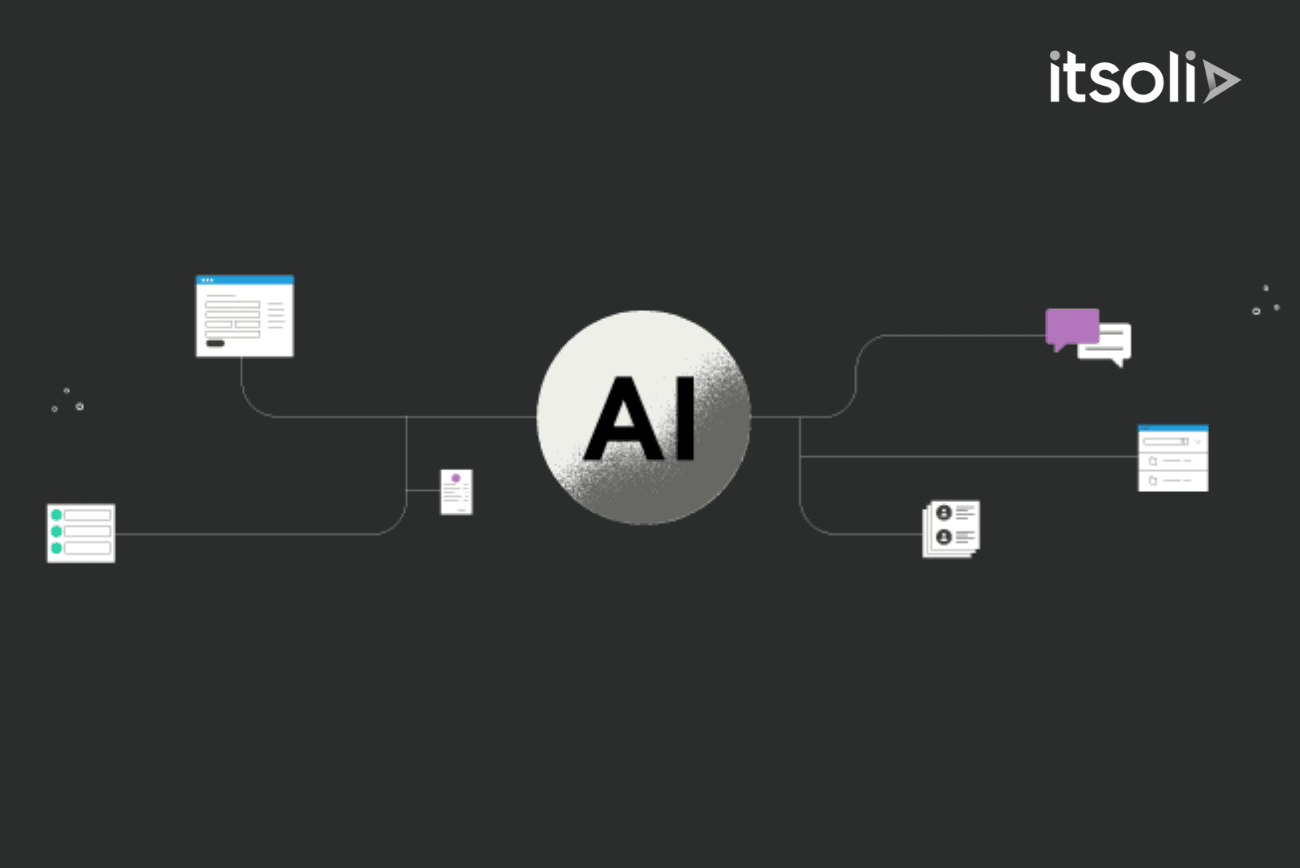
From Co-Pilot to Autonomous: Maturing AI Agents in Enterprise Workflows
August 8, 2025
Introduction: The Evolution of Enterprise AI Agents
AI adoption in enterprises often starts with tools that assist—suggesting content, drafting emails, or surfacing insights. These are co-pilot roles. But as organizations seek efficiency and scale, the conversation shifts to autonomy. AI agents are expected not just to assist, but to act—with minimal human intervention.
This evolution from co-pilot to autonomous is not just a technical challenge. It requires rethinking workflows, risk management, decision boundaries, and stakeholder alignment. This article outlines how enterprises can mature their AI agents safely and strategically.
Why the Shift Matters
Co-pilot models improve productivity but do not eliminate manual overhead. Autonomous agents, on the other hand, can handle repetitive decision-making at scale, improve responsiveness, and drive operational transformation.
For example:
- A co-pilot suggests how to respond to a support ticket.
- An autonomous agent triages the ticket, routes it, initiates resolution, and triggers follow-ups—without waiting for a human.
This transition unlocks exponential returns. But only if done right.
The Stages of Maturity
Stage 1: Co-Pilot AI
- Passive assistant
- Requires human-in-the-loop at every step
- Useful for writing, summarizing, generating suggestions
Stage 2: Semi-Autonomous Agent
- Can execute predefined actions
- Operates under supervision and approval
- Often rule-based or constrained by clear decision trees
Stage 3: Fully Autonomous Agent
- Learns from outcomes and improves independently
- Makes decisions within defined boundaries
- Integrates with broader systems and triggers complex workflows
Use Case Examples
Customer Service Automation
- Co-pilot: Suggests canned responses to agents
- Autonomous: Detects sentiment, classifies intent, drafts personalized responses, and sends it
Finance Operations
- Co-pilot: Highlights anomalies in reports
- Autonomous: Flags, validates, and initiates workflows for resolution, including communication with vendors
Marketing Campaigns
- Co-pilot: Suggests content variations
- Autonomous: Launches A/B tests, adjusts bids, and reallocates budgets based on performance
Designing Safe Autonomy
1. Define Decision Boundaries
- What decisions can it make?
- What data can it access?
- When must it escalate to a human?
These boundaries reduce risk and build trust.
2. Build Feedback Loops
- Learn from failed attempts
- Accept user corrections
- Update behavior without full retraining
Real-world feedback is critical.
3. Implement Failsafes
- Log every action taken by the agent
- Allow reversibility wherever possible
- Monitor for drift or degradation over time
Auditability is not optional.
Technical Considerations
1. Agent Frameworks
Consider tools like AutoGPT, LangChain, or Microsoft Copilot stack, depending on the architecture. These allow multi-step reasoning and task orchestration.
2. Integration Layer
Autonomous agents must talk to CRMs, ERPs, ticketing systems, and more. Middleware is often needed to create seamless cross-functional workflows.
3. Monitoring Infrastructure
Use tools that allow real-time monitoring of agent actions, especially in customer-facing roles. Implement alerts for anomaly detection.
Organizational Readiness
- Stakeholder Training: End users must understand what the agent can and cannot do.
- Change Management: Clear communication reduces resistance and fear of job loss.
- Governance Models: Define roles for audit, escalation, and continuous improvement.
ROI and Business Value
- Reduction in response and cycle times
- Higher employee productivity
- Fewer errors due to rule standardization
- Scalable operations without linear headcount increases
Early adopters report 20–40% reduction in operational overhead within 12 months of rolling out AI agents beyond co-pilot mode.
Common Pitfalls
- Overtrusting early-stage agents
- Underestimating integration complexity
- Deploying without a monitoring layer
- Skipping human feedback loops
Avoid these by piloting in low-risk areas first and progressively expanding.
The path from co-pilot to autonomy is gradual but transformative
The future of enterprise AI lies not in passive assistants but in confident, auditable, and value-generating autonomous agents.
Organizations that master this transition will gain significant competitive advantage—not just in cost savings, but in speed, agility, and decision quality.

© 2025 ITSoli

